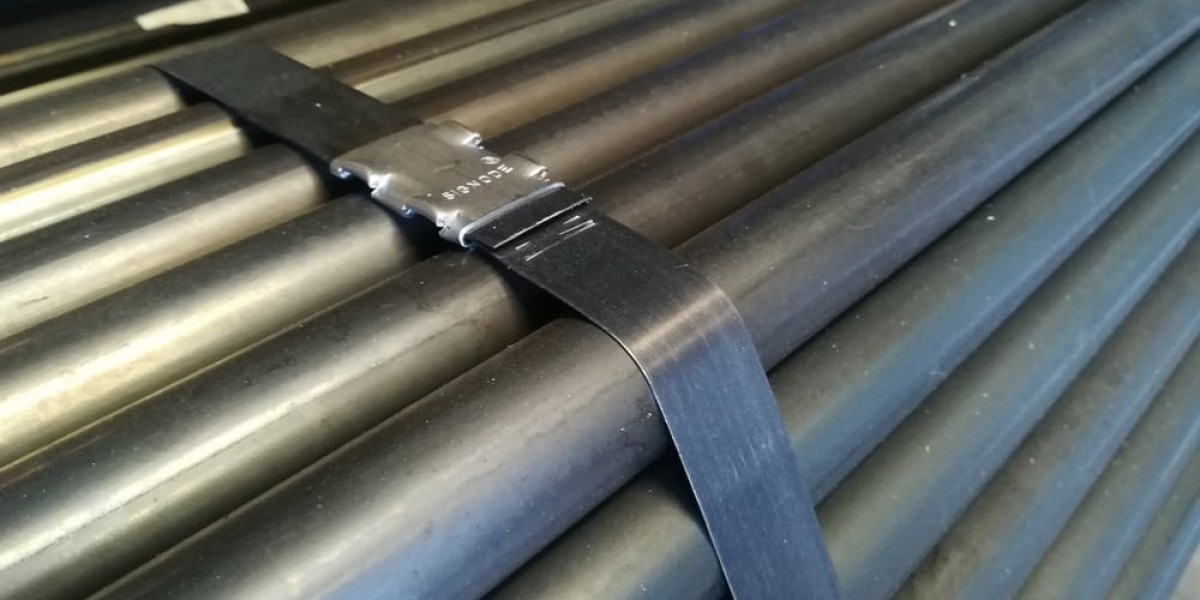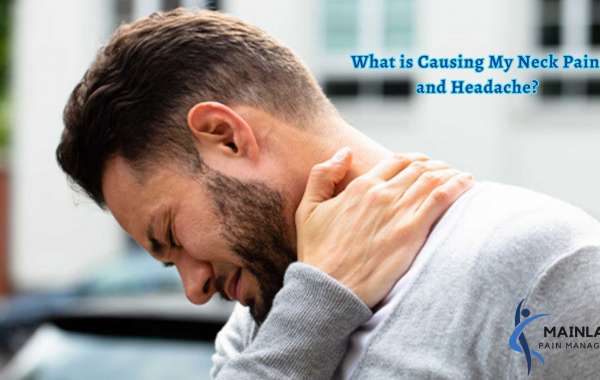Introduction
Have you ever wondered how to secure your packages or heavy loads without worrying about damage during transit? Polyester strapping might just be the unsung hero you’ve been searching for. Known for its strength, flexibility, and ease of use, polyester strapping is an ideal solution for various industries. Whether you're in logistics, manufacturing, or just someone tackling a big DIY project, mastering its use can make your job easier and safer.
In this guide, we’ll explore the ins and outs of using polyester strapping for maximum efficiency. From choosing the right tools to applying it correctly, this article has got you covered. Let’s dive in!
1. What is Polyester Strapping?
Polyester strapping, often abbreviated as PET strapping, is a versatile material used to secure goods for transport or storage. Made from high-strength polyester, it is designed to hold up under pressure without stretching or breaking. Think of it as the seatbelt for your cargo—it keeps everything in place securely.
2. Why Choose Polyester Strapping?
Why opt for polyester over other materials like steel or nylon? The answer lies in its unique balance of durability and flexibility. Unlike steel, it won’t rust, and compared to nylon, it’s more cost-effective. It’s like having the best of both worlds!
3. Key Benefits of Polyester Strapping
Durable and Reliable
Polyester strapping can withstand high tension and resist impacts, making it perfect for heavy-duty applications.
Cost-Effective
It’s an economical choice compared to alternatives, especially for businesses looking to save on packaging costs.
Eco-Friendly
Polyester is recyclable, making it a more sustainable option for environmentally-conscious users.
4. Types of Polyester Strapping
Woven Polyester Strapping
This type resembles fabric and offers excellent grip and flexibility.
Composite Polyester Strapping
Known for its high strength, this type is often used for heavy loads.
Smooth Polyester Strapping
Smooth straps are ideal for lighter loads and delicate surfaces.
5. Tools and Accessories for Polyester Strapping
To get the job done, you’ll need some essential tools:
Tensioner: Helps tighten the strap around your load.
Sealer or Crimper: Secures the strap by locking it in place.
Strapping Dispenser: Keeps your strapping organized and tangle-free.
6. Choosing the Right Strap for Your Needs
Assess Your Load
Consider the weight, size, and fragility of your cargo. Heavy loads might require composite strapping, while lighter loads can make do with smooth polyester.
Environmental Conditions
If your cargo will be exposed to moisture or UV rays, opt for strapping with added protection.
7. Step-by-Step Guide to Using Polyester Strapping
Prepare the Load: Ensure your load is stable and evenly distributed.
Cut the Strap: Measure and cut the strapping to the required length.
Wrap the Strap: Position the strap around your load, ensuring it covers all key points.
Tighten the Strap: Use a tensioner to pull the strap snugly.
Seal the Strap: Secure it using a sealer or buckle.
8. Tips for Maximum Efficiency
Use the Right Tools: Invest in quality tools to speed up the process.
Practice Makes Perfect: Familiarize yourself with the equipment to minimize errors.
Inspect Regularly: Check the strap for damage before use to ensure safety.
9. Common Mistakes to Avoid
Over-Tightening: Can damage the load or snap the strap.
Using the Wrong Type: Leads to inefficiency and potential failure.
Ignoring Safety Measures: Always wear gloves to avoid cuts or abrasions.
10. Best Practices for Storage and Maintenance
Keep your polyester strapping in a dry, cool place away from direct sunlight to maintain its integrity. Regularly inspect tools for wear and tear.
11. Environmental Impact of Polyester Strapping
While polyester is recyclable, it’s essential to dispose of it responsibly. Look for recycling programs in your area to reduce waste.
12. Cost-Effectiveness of Polyester Strapping
Polyester strapping’s durability means fewer replacements, saving you money in the long run. Bulk purchases often offer additional discounts.
13. Safety Tips When Using Polyester Strapping
Wear Safety Gear: Gloves and safety glasses are a must.
Follow Instructions: Always adhere to manufacturer guidelines.
14. Real-Life Applications of Polyester Strapping
From securing lumber and bricks to bundling cardboard boxes, polyester strapping is used across industries like construction, shipping, and e-commerce.
15. The Future of Polyester Strapping
With advancements in technology, we can expect even stronger and more sustainable polyester strapping options in the future. This will make it an even more attractive choice for businesses worldwide.
Conclusion
Polyester strapping is a game-changer for anyone looking to secure loads efficiently. By following the tips and steps outlined in this guide, you can ensure safe and effective use every time. So why wait? Start strapping smarter today!
FAQs
1. What is the difference between polyester and polypropylene strapping?
Polyester is stronger and more durable, while polypropylene is lighter and better suited for lighter loads.
2. Can I reuse polyester strapping?
Yes, if it’s in good condition. However, inspect it for any signs of wear or damage first.
3. How do I dispose of polyester strapping?
Recycle it at designated facilities that accept PET materials.
4. Is polyester strapping safe for fragile items?
Yes, when used correctly with edge protectors, it won’t damage delicate surfaces.
5. What is the lifespan of polyester strapping?
When stored and used properly, polyester strapping can last for several years.










